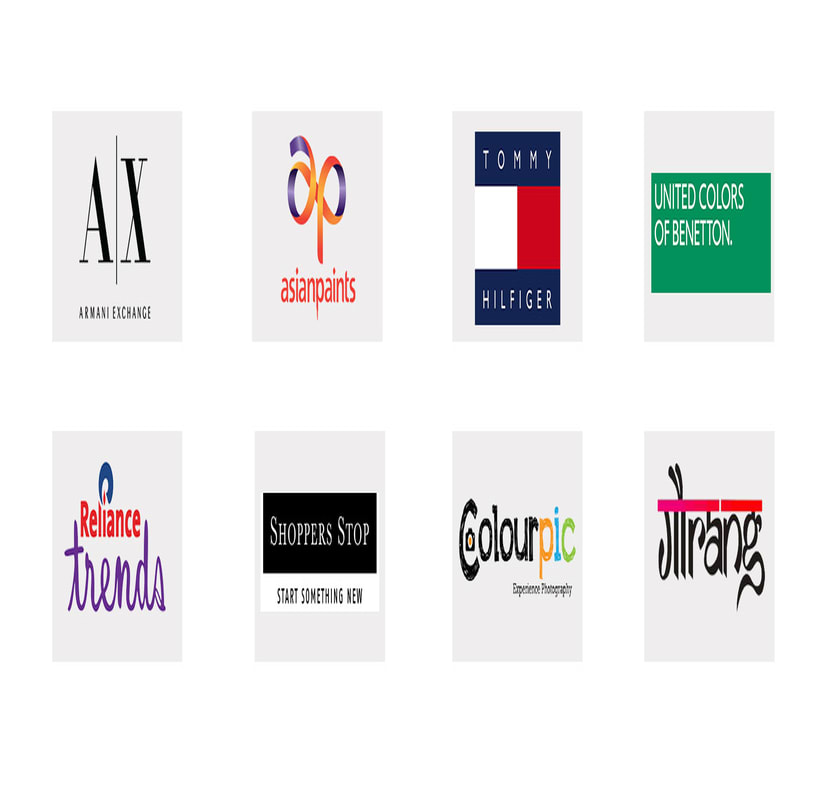Sustainable fashion is one of the most rapidly spreading movement in the fashion industry. the fast pace at which we all are consuming our natural resources is quite alarming, so much so that even top designers and production houses have decided to realign the manufacturing process starting from every stage.
The growing trend has encouraged manufacturers to come up with innovative clothing ideas by using recycled material. The most recent eco-friendly product is the waterproof jeans produced from recycled plastic. Other than being waterproof, these jeans do not consume much water during washing.
Keeping sustainable fashion going, many fashion designing institutes have laid their focus on raising awareness among students. In such institutes, students learn and understand the life cycle of a fabric i.e. the manufacturing process from fiber to fabric.
Eco-friendly or sustainable fashion goes beyond clothing. It also includes accessories manufactured considering the working conditions of people. The stages start from developing raw material, manufacturing process, transportation of goods, storage/warehousing, marketing and final stage.
Of late, many fashion designing courses have included interesting topics in their curriculum such as Retail & Export Management, Apparel Merchandising, etc. Such topics lay emphasis on understanding the concept and the practicality behind eco-friendly fashion. Fashion products that are ethically manufactured must be encouraged and given a boost. This in a way also implies to the craftsmen and artisans who work in difficult conditions.
The work environment in many manufacturing units is hazardous. Unhealthy working conditions and inhalation of harmful chemicals are all exposure to inhuman conditions. A conscious attempt must be made to collaborate at different levels of the manufacturing process and produce eco-friendly clothing.
In most fashion design classes, students are taught the importance of sustainable fashion. Though sustainable fashion may not appeal to many, it’s still ‘sustainable’ in the true sense. These clothes will surely last you a lifetime. A classic example would be an old Kanchivaram sari that would have belonged to your mother. Have you wondered what’s the secret for it to stand the test of time? The reason being that during those days, fabrics were manufactured keeping its quality in mind. They were free of harmful chemicals and other harsh agents. This was a strong reason that kept up to its strength.
If we think from an environmental perspective, our objective as a manufacturer or a consumer must be to minimise the consumption of products that are produced by harming the environment. For example, take the Kalamkari prints. It is developed using natural dyes which are completely free of chemicals. Another example is the use of organic fabric that is again free of pesticides during the cultivation process. Organic cotton is a popular example of eco-friendly clothing.
Mostly people look at branded clothing as a way to flaunt their lifestyle without wondering if it were ethically manufactured. After all, not every garment is ethically manufactured. So why even blindly follow a trend! In a fashion design school, students are trained on how to work closely with artisans and craftsmen in the fashion industry. They are also given exposure through site visits and how to incorporate sustainable fashion.
Renowned fashion designers such as Anita Dongre, Ritu Kumar and many more have been following sustainable fashion. These designers have not only designed clothes to perfection but have also contributed to the environment. This means zero-waste during production which is still a big challenge. This gesture has also encouraged many NGOs and self-help groups.
Among the many fashion institutes in the city, the Hamstech Institute has always set an example by encouraging its students to use eco-friendly products to create designs. Recycling and optimization of waste, etc. are some concepts followed by Hamstech students.
Using sustainable clothing is a good way to encourage Indian artisans and small manufacturing units. Though sustainability has its own challenges, there’s a lot of scope in the long run. It will directly have a positive impact on the environment, artisans and manufacturing units.
Though sustainable fashion is aesthetically pleasing, this gives you ample of thought to spend on quality clothing. Be the first one to start a trend of sustainable clothing and support the ecosystem with your sensible choice.




